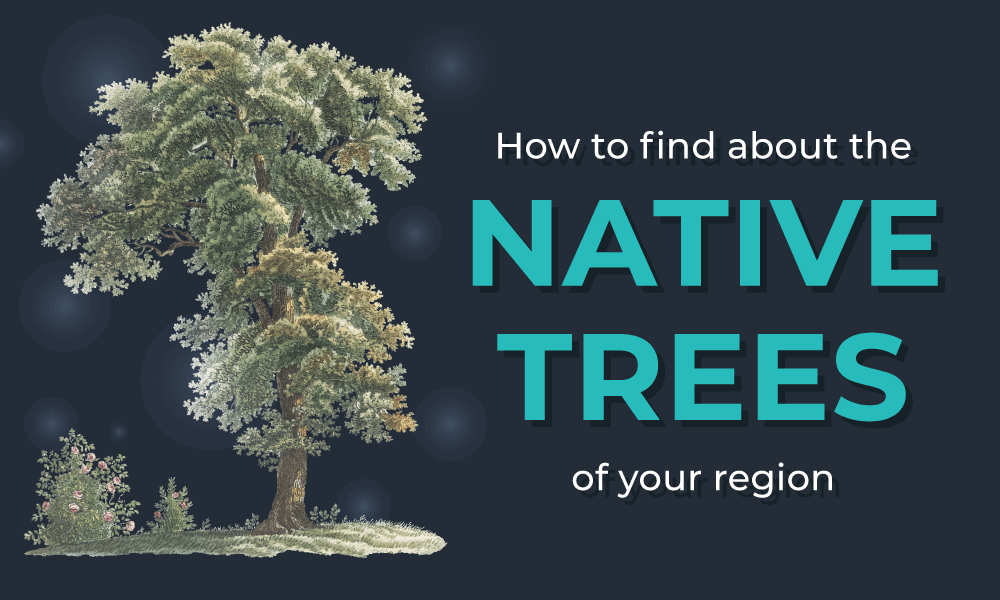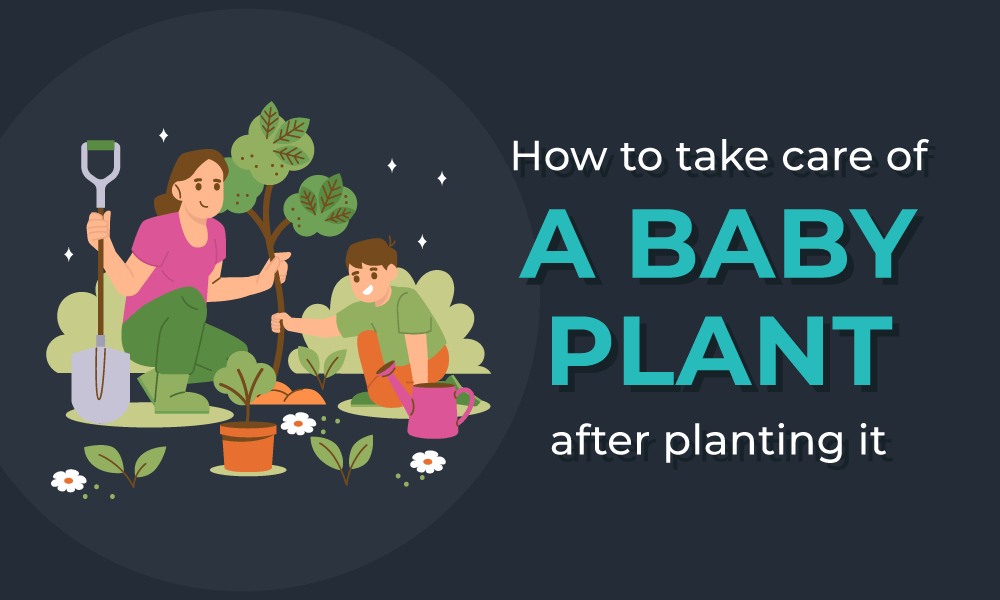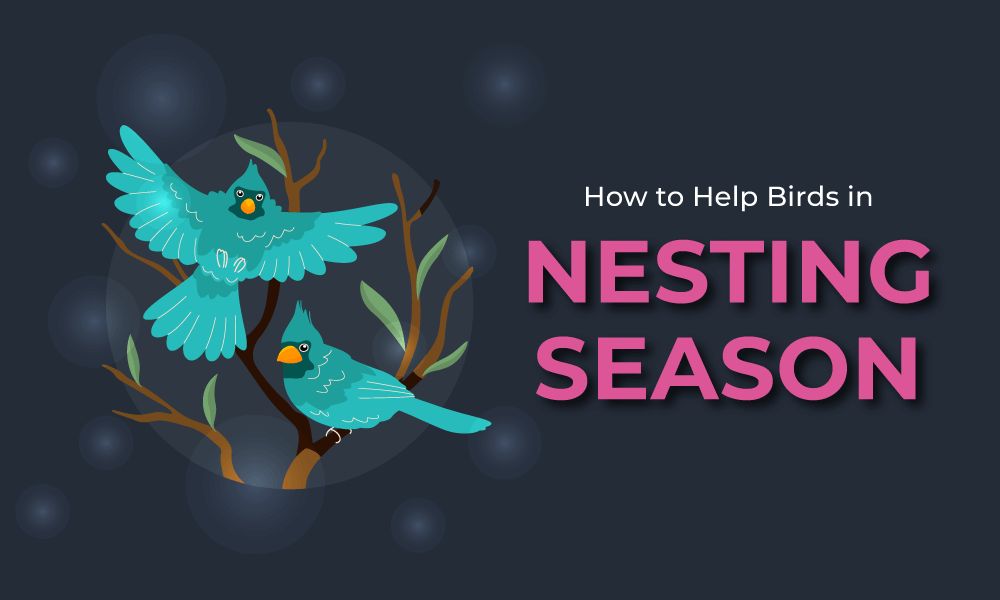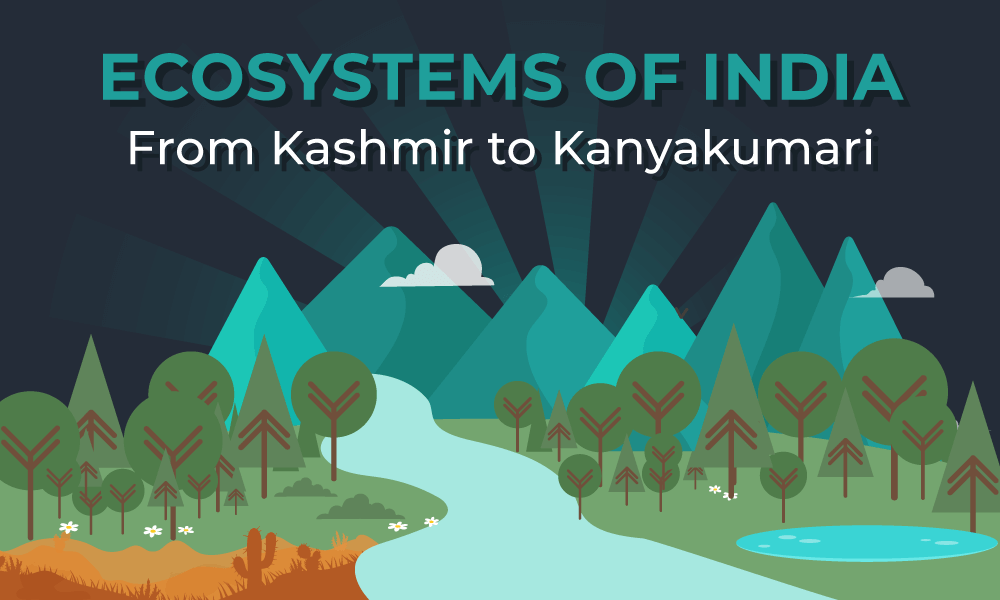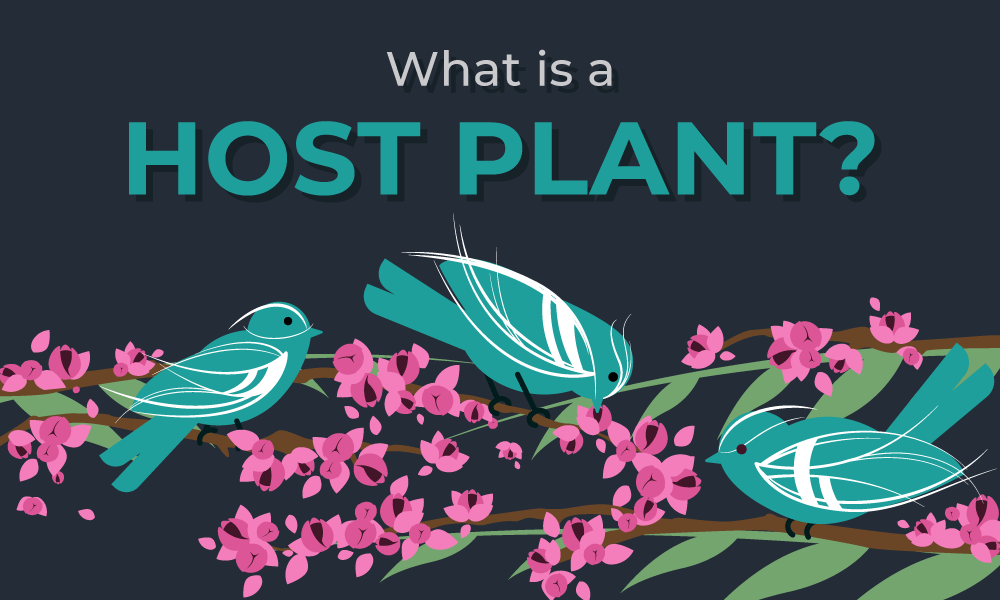Planting a sapling is one of the simplest and most impactful ways to contribute to a healthier planet. Whether you have a green thumb or are just getting started, understanding why and how to plant a sapling can make a world of difference. Let’s explore the reasons behind planting saplings and guide you through the process step by step.
Why Plant a Sapling?
Planting saplings offers numerous benefits, not just for the environment but also for your personal well-being and community. Here’s why you should plant a sapling:
Environmental Benefits
- Air Quality Improvement: Trees absorb carbon dioxide and release oxygen, purifying the air we breathe.
- Climate Regulation: Trees play a critical role in maintaining healthy climate change by storing carbon.
- Soil Conservation: Tree roots help prevent soil erosion, maintaining the integrity of the landscape.
- Water Management: Trees enhance water infiltration and reduce runoff, contributing to better water quality.
Personal and Community Benefits
- Health and Well-being: Spending time around trees can reduce stress, improve mood, and enhance overall well-being.
- Biodiversity: Trees provide habitat for countless species of birds, insects, and other wildlife.
- Aesthetic Value: Trees enhance the beauty of your surroundings, making neighbourhoods more attractive.
- Community Engagement: Planting trees can bring people together, fostering a sense of community and shared purpose.
How to Plant a Sapling
Planting a sapling is a rewarding experience that anyone can enjoy. Follow these steps to ensure your sapling grows into a healthy, thriving tree:
Choose the Right Sapling
Native Species: Look for native trees that are well-suited to your local climate and soil conditions. Consider what you want the tree to achieve (shade, fruit, aesthetics) and choose accordingly.
Find the Perfect Spot
Most saplings need plenty of sunlight, so pick a spot that receives ample light. Ensure there is enough space for the tree to grow both above and below ground. Avoid planting too close to buildings or other structures.
Prepare the Soil
Test the soil pH and nutrients to understand what amendments may be needed. Loosen the soil in a wide area around the planting spot to encourage root spread.
Dig the Hole
Dig a hole that is twice as wide and just as deep as the sapling’s root ball. Create a rough, not smooth, surface on the sides of the hole to help roots penetrate the soil.
Plant the Sapling
Place the sapling in the hole, ensuring the top of the root ball is level with or slightly above the ground. Backfill the hole with the excavated soil, gently firming it around the roots to eliminate air pockets.
Watering
Water the sapling thoroughly immediately after planting. Keep the soil moist but not waterlogged, especially during the first few months.
Mulching
Apply a 2-3 inch layer of mulch around the base of the sapling, avoiding direct contact with the trunk. Mulch helps retain moisture, suppress weeds, and regulate soil temperature.
Protecting
Use tree guards or fencing to protect the sapling from animals and mechanical damage. If necessary, stake the sapling to provide support against strong winds, but remove the stakes after the first year to avoid hindering growth.
Additional Tips for Sapling Care
- Pruning: Prune the sapling to remove dead or damaged branches and shape its growth.
- Fertilizing: Apply a balanced, slow-release fertilizer if needed, based on soil test results.
- Monitoring: Regularly check for signs of pests or diseases and address any issues promptly.
Planting a sapling is more than just an act of gardening; it’s a step toward a greener, healthier future. By understanding the reasons behind tree planting and following the proper steps, you can ensure that your sapling grows into a robust and beneficial tree. So grab a shovel, choose a sapling, and make a positive impact on the world around you. Happy planting!
Read more : Do and don’ts for this monsoon season
If you have some suggestion on which we should write or you have any query and something else you can contact us. Please do share this blog with your family, friends, and others so they can all learn Why and How to Plant a Sapling.




























